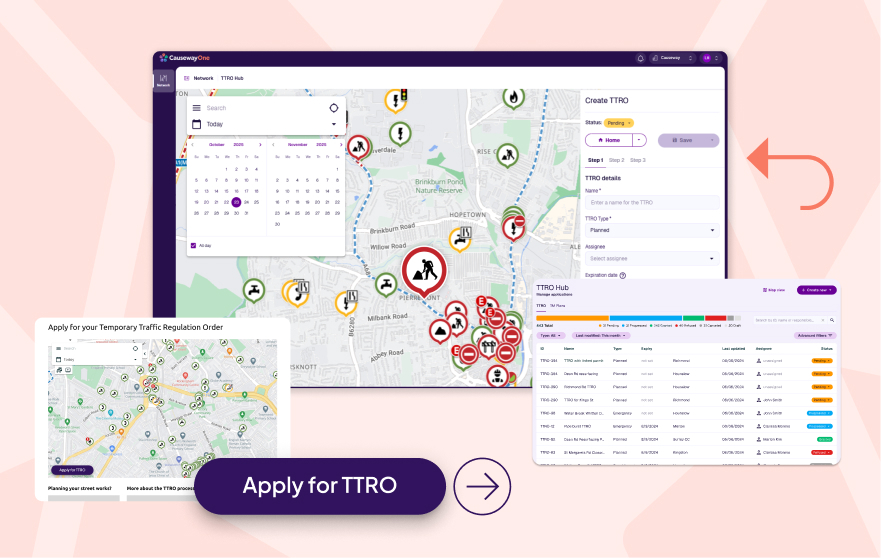Key takeaways on the fast-evolving world of generative AI with Shelly Dar Rapaport
In episode five of our Deconstructing Digital podcast, Senior Solutions Architect at Amazon Web Services (AWS) Shelley Dar Rapaport shared her expert perspective on how companies can adopt generative AI to help transform construction and the built environment.
Here, we highlight some of the most insightful and thought-provoking points Shelley raised during the discussion.
From data to decisions
Shelley shared how one of the most exciting shifts in the sector is how AI is helping professionals make smarter decisions, faster. She explained that, with generative models, users can:
- Ask complex questions of project data using natural language
- Identify safety risks early in the design stage
- Optimise layouts for accessibility and energy efficiency
- Forecast delays and plan accordingly
- Estimate cost and returns for sustainability upgrades
These tools don’t just analyse, they actively suggest improvements, raise new questions, and challenge assumptions.
Shelley described how she trialled this by entering an architectural floor plan into a generic generative AI tool using natural language to request it to find possible issues and improvements.
It returned ideas she had not considered or even anticipated, such as relocating a doorway for better accessibility, glazing changes that reduce heat loss and a potential issue with the direction the building was facing.
This means that rather than reacting to problems post-build, teams can proactively improve outcomes at the planning stage.
Building a culture of curiosity
The success of generative AI in construction doesn’t depend solely on software, explained Shelley, it hinges on people.
The businesses seeing the most value from AI are those that foster a culture of curiosity, collaboration, and experimentation. Whether it’s through internal knowledge-sharing sessions or simple conversations about tools and features, encouraging employees to explore AI’s capabilities leads to more meaningful adoption.
Shelley believes even enabling just a small group of employees to engage with generative AI features can drive broader digital transformation across an entire organisation, explaining: “Just having that seed in the team allows the entire company to grow.”
She also advised that when employees understand the tools available to them, they begin to ask better questions, and that’s when the real value emerges.
AI as a catalyst for learning
Interestingly, Shelley reports that generative AI doesn’t just support construction processes, it can also accelerate digital adoption itself.
By tailoring onboarding plans, creating training prompts, or suggesting learning journeys based on user behaviour, AI can support the adoption of new digital systems across a business – even among teams with low technical confidence.
Shelley explained that with tools becoming increasingly user-friendly – and even children in primary schools now experimenting with generative models – the focus is shifting from how to use the tech to how to use it well.
She highlighted that the most future-ready teams won’t necessarily be the most technical, but the ones most willing to explore, adapt, and ask questions.
Shelley explained how she allocates herself at least one day each week to learn and explore new technology.
Practical, powerful, and ready to use now
The key takeaway is that generative AI is no longer on the horizon, it’s here.
In the built environment, it’s already helping to:
• Improve planning and design
• Prevent risks and delays
• Support sustainable decision making
• Increase accessibility
• Upskill workforces
Whether it’s being used to optimise a layout or drive cultural change within a business, its potential is clear, but so is the need for thoughtful, ethical implementation.
Want to explore the ideas behind this blog in more depth? This article was inspired by a conversation with Shelly Dar Rapaport, Senior Solutions Architect at AWS.
You can listen to the full discussion 'How generative AI is shaping the future of construction' in episode five of our Deconstructing Digital podcast.



.jpg?width=1280&height=720&name=large-Podcast%20-Pierre%20Saunal%20-%20Website%20asset%20(1).jpg)